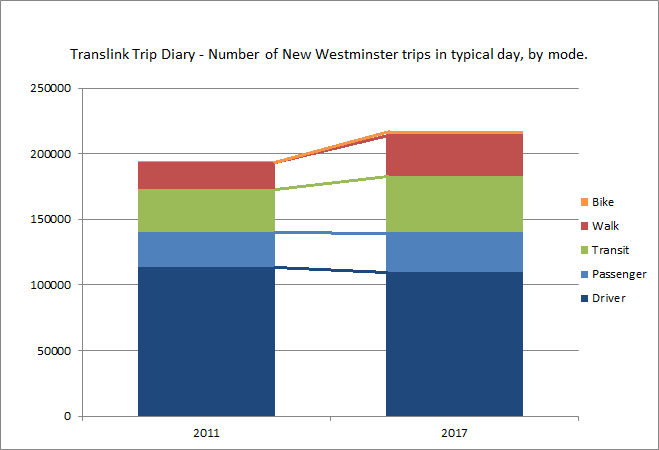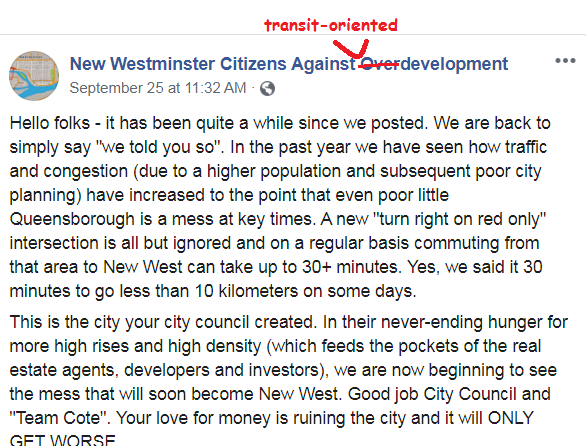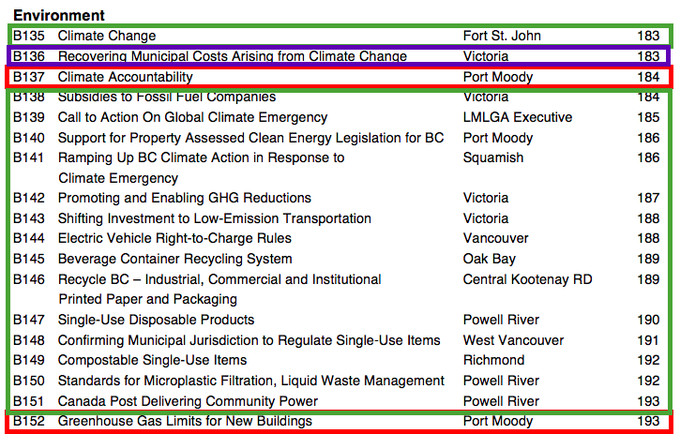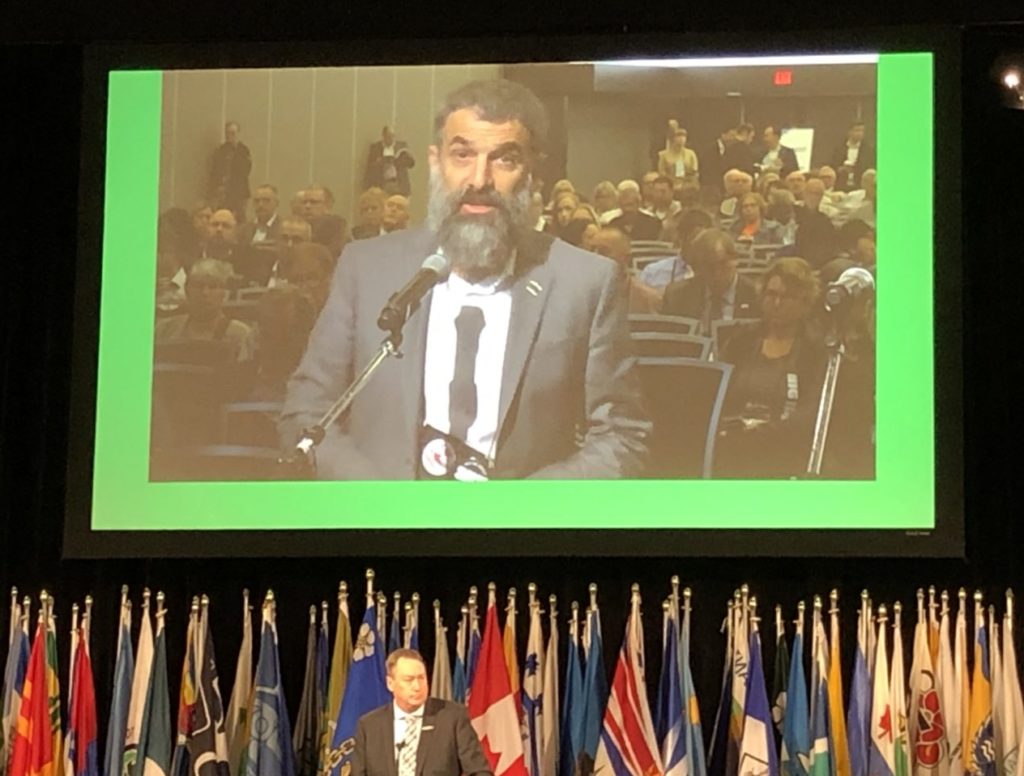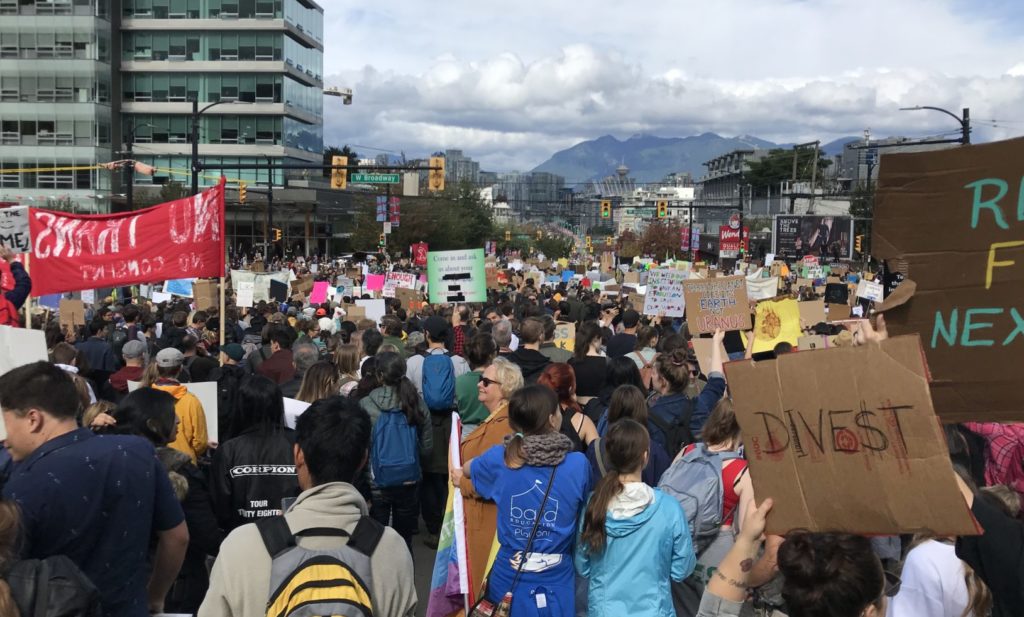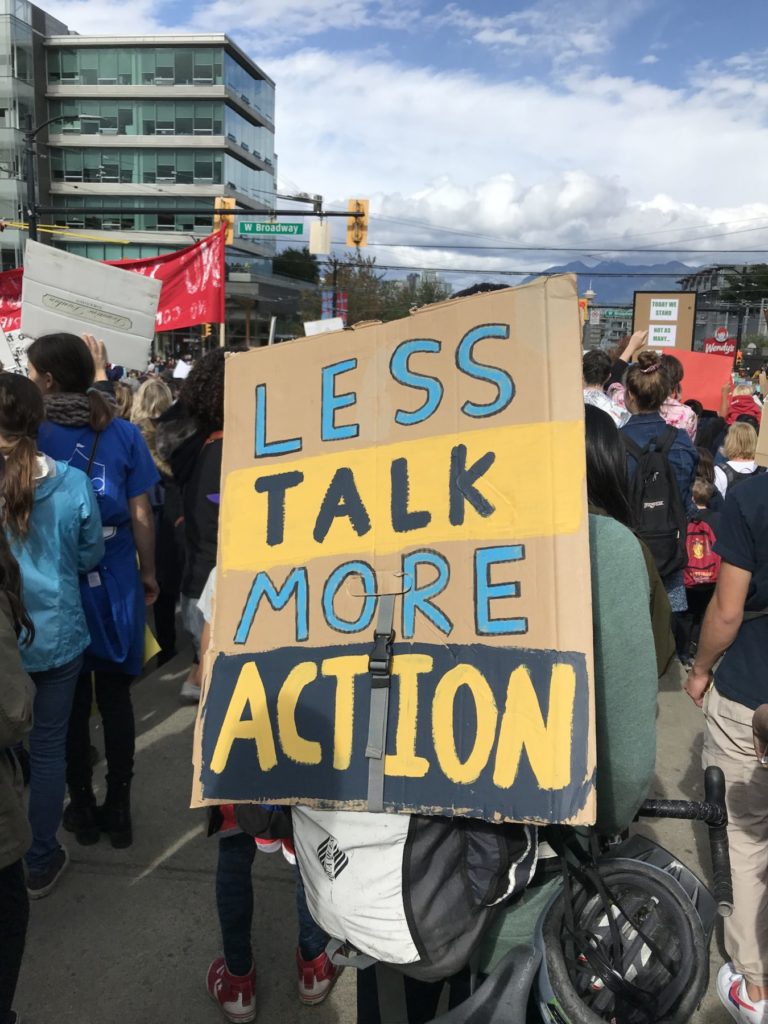We had a long council meeting this week after a full day of meetings made longer by the awareness that it was glorious and sunny outside and more rational people were frolicking in sun. The Mayor did not see the wisdom in my suggesting we move the meeting to a hiking train nearby, so doomed to Council Chambers we were. The meeting was made longer by a couple of Public Hearing topics that had significant public input, but I am going to skip past those (watch for the next blog post) and just get to the Regular Council Agenda:
After the Public Hearing we started our regular meeting with an Opportunity to be Heard:
Development Variance Permit DVP00666 for 331 Richmond Street (Richard McBride Elementary)
The replacement school at McBride needs a few variances, because the unusual nature of the building and it’s zoning. We received a bit of correspondence, and had two people come to the Opportunity to be Heard about the height variance. Many homes on School and Devoy Streets do have spectacular views up the Fraser River due to the steep grades in upper Sapperton, and are concerned a three-storey school blocking that. The variance requested, however, was less than 4 feet over the allowable height, and with the grade of the school site and surrounding roads, I am of the impression the change in visual impact will be minor. And we need to replace the School.
Council voted to approve the variance.
The following items were Moved on Consent:
Recruitment 2019: Committee Rescindments
We have had a couple of members of committees change their life situations and have to leave some committees, as commonly happens. We do this official rescindment so their lack of presence doesn’t have a big an impact on the quorum requirements for the volunteer committees
A Bylaw to Amend Delegation Bylaw No. 7176, 2015
This Bylaw defines the things that staff (our CAO or her delegate) can decide that are typically within Council purview. We are updating this Bylaw for the first time since 2015, mostly to update the names of departments and job roles that have shifted. The biggest difference is shifting the awarding for Grants from a direct Council decision to a staff decision based on Council policy guidance, which should remove some of the politics from the process.
City Small Sites Affordable Housing Projects: Recommended Sites for Two New Developments and Calls for Proposal
The City has supported small-lot affordable housing projects by providing grants of City-owned land to providers able to put housing there. This addresses one of the major hurdles to affordable housing in the lower mainland – the high cost of land. Unfortunately, the City of New Westminster simply doesn’t own very much land, so these opportunities are limited. Staff have, however, identified two undeveloped City-owned properties where housing may be appropriate; one in Queensborough and one in Connaught Heights. We will now reach out to Affordable Housing providers to see if anyone has the resources to put housing on these spots.
404 Salter Street (Summit Earthworks): Update on Port of Vancouver Permit Review Process for Soil Transfer Facility
These two related projects on Port of Vancouver lands in Queensborough are raising some concern in the adjacent neighbourhood. The lands are within Port jurisdiction and designated industrial by the Port, so the City has little to no jurisdiction over their use, we are essentially a “stakeholder” in the consultation much like the neighbours. We have asked the Port for some feedback on some significant points (traffic impacts, dike improvements, rainwater runoff management, etc.) and we will see where this goes. If you have concerns or want to learn more, the Port’s information page is here.
Development Approval Process Streamlining: Proposed Changes to Development Permit Process and Official Community Plan Updates
We have been working on shifting some of the established ways we run City Hall to make things more efficient and to stop getting in our own way on some of the strategic goals the City has. Staff in Planning have identified some practices in the how we do development approvals that make it smoother, quicker, and more consistent for applicants, the public, and staff. Some changes are internal practices that don’t need any official approval, but some others require that Council amend the OCP. Those latter ones are outlined here, and will need to be put into a Bylaw, and will need a Public Hearing after a bit of public consultation about what the changes mean in a practical sense. Council moved to approve this going to a bylaw.
909 First Street: Rezoning and Development Permit – Report for Information
This applicant would like to build a compact 4-unit townhouse development on a large single family lot behind the City Works Yard in Glenbrooke North. The site coverage is less than what would be regularly permitted, and the FSR is well within permitted, so no variances are expected from the Infill Townhouse and Rowhouse Design Guidelines. This is the first development of this type in this neighbourhood, though, so this is a “check in” report to Council to raise any red flags before it goes to public consultation and the rigmarole of committee reviews and eventually a Public Hearing if it gets that far. Council raised no concerns.
2018 Corporate Greenhouse Gas Emissions Update
The Greenhouse Gasses produced by our corporate activity (running garbage trucks and police cars and lawnmowers and swimming pools and libraries, etc.) have gone down in the 10 years since we established a Corporate Energy and Emissions Reduction Plan, even as our City has grown. In 2008 we set the target of a 15% overall reduction from 2007 levels by 2017. We managed to make that reduction 12.6%, or just short of the target, for 2018. However, this is not a consistent number, as our overall emissions change every year based on things like the amount of snowclearing we need to do.
This is a look back, but we are now, through our Climate Emergency action plan, looking at some very aggressive targets in the decade ahead, ultimately aiming to be truly zero carbon by 2050. There is a lot to unpack here, and our accelerated Climate Emergency approach is going to be reported out soon, so stay tuned, planet-watchers!
Street and Traffic Bylaw No. 7664, 2015 – Revision to Harmonize Truck Definition
Like most cities, we have a Bylaw that regulates how our roads operate above and beside the boundaries of the Motor Vehicle Act. Unfortunately, there are parts of these Bylaws that vary from other Cities (they should all be like us!), and one of those is the definition of “truck” for truck routes. We are aligning these through the regional committee of engineers from all of these cities (“RTAC”). So we need to update our Bylaw to make that alignment work. Adjust your truck definitions accordingly.
Revenue Anticipation Borrowing Amendment Bylaw No. 8158, 2019
Every year, about this time, we update our borrowing authorization so that we can borrow some cash in case it is needed between the end of our spending year and when the next pile of tax payments come it. We have authorization to borrow up to $3M as a kind of “line of credit” for one year, but we are unlikely to use it.
The following items were, late in the evening, Removed From Consent for discussion:
Amendments to the Council Procedure Bylaw No. 6910, 2004
We talked last meeting quite a bit about proposed changes in the Council Procedures Bylaw, and this following some workshopping and a lot of hand-wringing over what works and what doesn’t with our current structure The changes are subtle, but will hopefully act to remind everyone involved that time in Council meetings is expensive and valuable, and that we need to make this time as equitable as possible so a greater diversity of voices can be heard. Council moved (in a split vote) to bring this Bylaw to a public Opportunity to be Heard on November 25. C’mon out and tell us that you think.
New Advisory Committee and Task Force Structure
We are changing the Committees and Task Forces that provide advice to Council. There is a tonne to say here, and this is already a long agenda, so I will only give a bit of a summary here and will talk more about it in a stand-alone blog post. The City currently has 38 (!) committees, way more than any other City in the region, and these committees eat up a lot of staff and volunteer time. We want to make sure we are getting the most value from that time, and have pared the committees down to those that directly relate to Council’s strategic plan, and those where lived experience and technical expertise do not exist in our staff or council to assure we are hearing voices that need to be heard in order for us to move forward on priority areas.
We are amalgamating some committees, moving some into internal staff-only working groups, and are starting a new committee. We will be reducing our total count of volunteer committees and staff task forces to 27 (with a couple of the amalgamated ones running for one more year to wrap up some ongoing projects).
Compassionate City Charter: Recommendation from Community and Social Issues Committee
The New West Hospice Society has done great work raising awareness and support for compassionate dying in New Westminster, but their great public profile raising may belie the point that there are no hospice beds currently offered anywhere in New Westminster. We, as a community, have a lot of work to do!
Hospice is, fundamentally, a health care issue that should be a regular part of our health care system, and that is 100% on the provincial government, but the City has found some resources to help the Hospice Society do its great work in the City. I am happy to continue that level of support (including grants and resource assistance with things like the Festival of Loss and Healing), but some of the wide reaching expectations in the Compassionate City Charter are not within our current budget or work plans, and likely exceed what would typically be expected of a City of 70,000 people. Council moved to support the principles of the Charter, and to continue to provide assistance to Hospice within existing budgets, and to continue the discussion about some of the larger goals and deliverables.
Five-Year Approach to On-Street Parking Fees & Rates
It has been a long time since the City did a comprehensive review of the pricing for car storage on public lands. We have not done a serious review during my time on Council, and with ongoing implementation of our newish Master Transportation Plan and further work on bringing in policies congruent with the Climate Emergency declaration, it is well worth us reviewing how car storage fits in our larger strategic visions for the City.
“On-street vehicle parking is a valuable resource in urbanized communities, especially in commercial districts, around major institutions, and near rapid transit stations.” I may need to take an entire blog post to deconstruct this single sentence. I actually want to write a novel that deconstructs this sentence… but I digress. The point staff is getting at is that space for car storage is at a premium, so it has a value, and we need to price it appropriately to allocate that space, or it will not work well. To know if it is working well, we need to be clear about what we want from street storage of cars (aside from “MOAR!”)
The report outlines a good set of guiding principles: On-street parking should be priced equal to or higher than off-street, to encourage cars being stored off of the street; using a car should be transparently more expensive than using Transit; and Parking Permit rates should act to encourage use of private land for private car storage. I agree with all of these.
The report has suggested (and Council agreed) that we increase our rates for street storage of cars, especially since our meter rates are now lower than the regional median (often much lower than dense parts of Vancouver, Richmond, North Van, Burnaby) and on-street meters are currently cheaper than off-street garages. Part of this increase will be a Climate Action Levy (or something similarly named) to be dedicated to a Climate Action Fund in the City to pay for initiatives that reduce our community or corporate GHG emissions.
Drainage Improvement Program and Ditch Enclosure in Queensborough
Open drainage watercourses (“ditches”) in Queensborough are a long-standing issue. During the last election, they were easily the #1 issue in the part of the community where they are still present. We had a pretty comprehensive review of them back in 2015, and this report updates that a bit.
I think this is yet another topic I need to write an entire blog post about, because the answers are not simple. But some of the present issues with open ditches can be addressed without the monumental cost of installing complete covered storm sewers across the island. There are also places where open drainage is always going to be present because the flood storage capacity and resiliency offered by them cannot be replicated with underground storm sewers, not to mention the ecological habitat values of some of the canals.
We were shown pictures, and anyone who walks down there during the winter rain season recognizes that the drainage system is not operating in a way that encourages walking, or even guarantees access to some houses. This is related to downstream drainage capacity, sometime to illegal modifications of the ditches to widen driveways or provide street-side parking. Ultimate long-term fixes will sometimes require complete regrading of properties that have houses on them now.
This is a report for information coming out of a public delegation a few weeks ago, and there are some details here about the longer-term planning for drainage infrastructure in Q’Boro, and some operational strategies to address maintenance and illegal filling.
Brow of the Hill Neighbourhood Park Site Acquisition (1009 Cornwall Street)
The City does things like real estate transactions in camera for good reason – you can’t negotiate a business transaction like this in public, but it is great to be able to announce that we were able to secure a fair price for the undeveloped lot in the middle of the Brow of the Hill which the community definitely showed an interest in us acquiring as a passive park area. No big plans for it yet, but the City will do some minor maintenance with a bit of a passive park model.
Multiculturalism Advisory Committee: Formation of a Multicultural Festival Working Group
The Multicultural Festival on July 1st has become a mainstay of the City’s Canada Day celebrations, but it has up to now been run on a shoestring by a volunteer group from the local Philippine community with some grant support from the City. Our MAC is putting together a working group to see if they can provide more direction ans support to make the event more sustainable.
We then adopted the following Bylaws:
Permissive Tax Exemption Bylaw No. 8150, 2019
This is our annual Bylaw to grant permissive property tax exemptions to charitable and civic uses in the City.
Zoning Amendment (886 Boyd Street) Bylaw No. 8100, 2019
This Zoning Bylaw amendment is to allow an electrical substation in the M-1(light industrial) zone so we can build a new substation in Queensborough to make the grid there more robust. We gave this a Public Hearing back in April, and have now adopted the Bylaw. Law of the land, folks.
Finally, we had one piece of New Business:
Motion: Renaming Begbie Square and Begbie Street
Be it resolved that New Westminster Council proceeds with removing the name of Begbie Square and begin a process to identify an appropriate new name for this important civic space;
Be it further resolved that through the City’s examination of our street naming policy that we review the name of Begbie Street; and
Be it further resolved that through our reconciliation process the City find a way to acknowledge, recognize and tell the history of the wrongful conviction and execution of the six Tŝilhqot’in chiefs in Qunellemouth and New Westminster.
This motion removes the name Begbie from the Square in front of the Courthouse, for reasons similar to this. The changing of a street name is a bit of a more complicated legal process, as people have addresses and such, and we have not yet completed the work on our new Street Naming Policy, so this motion does not change Begbie Street, but prioritizes its place in the policy once we get that developed. I was happy to support this motion, and Council supported it unanimously, but humbly.
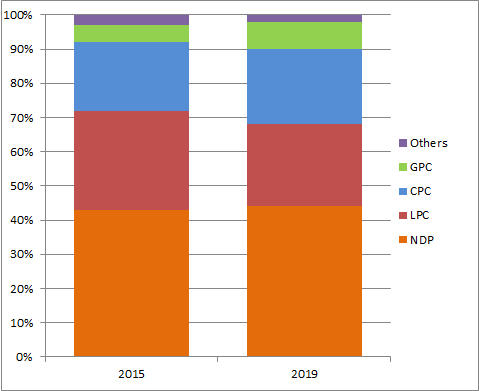
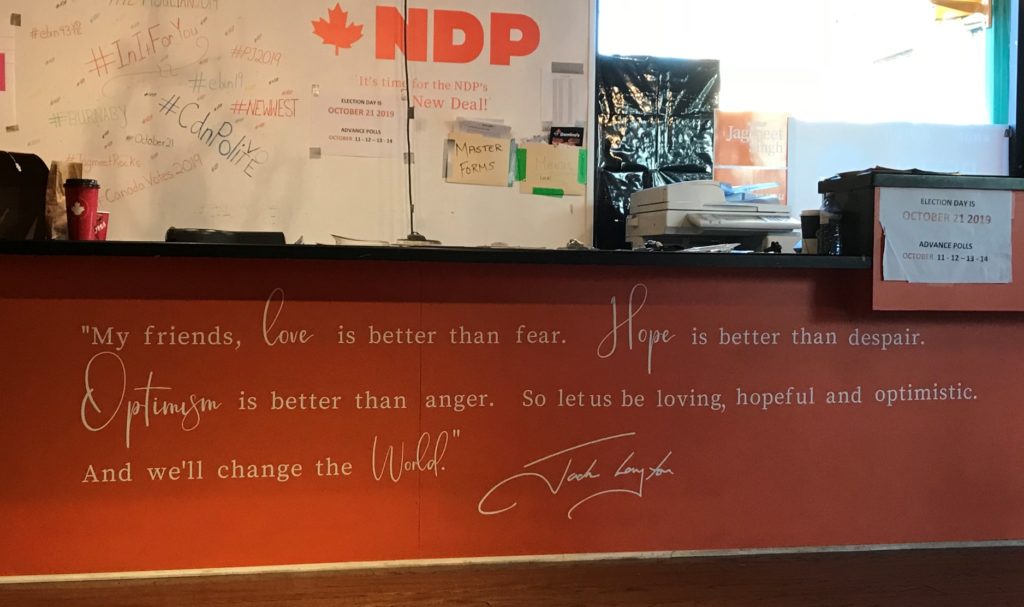
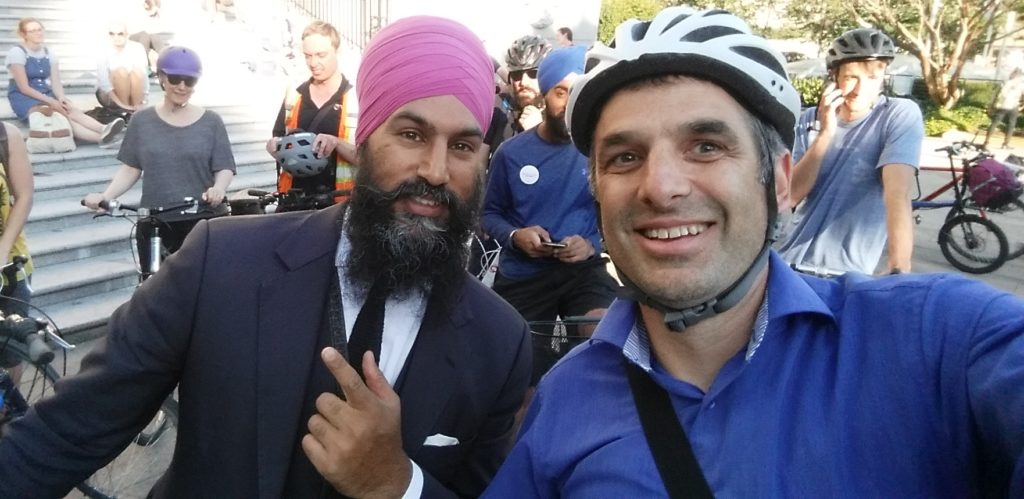

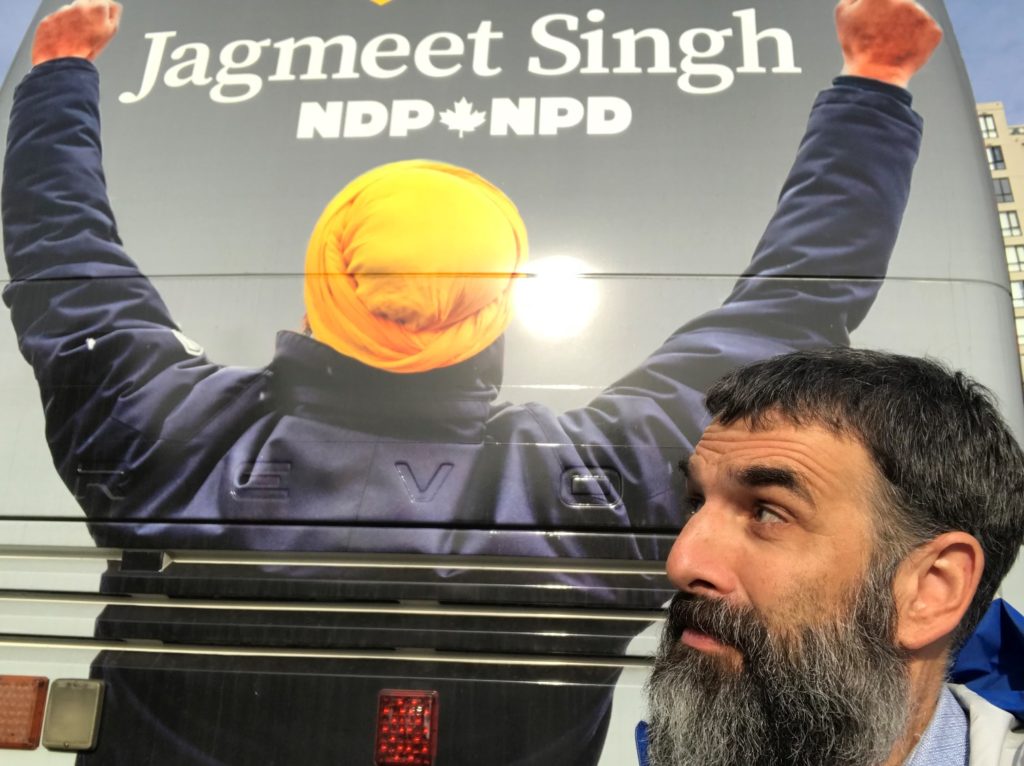
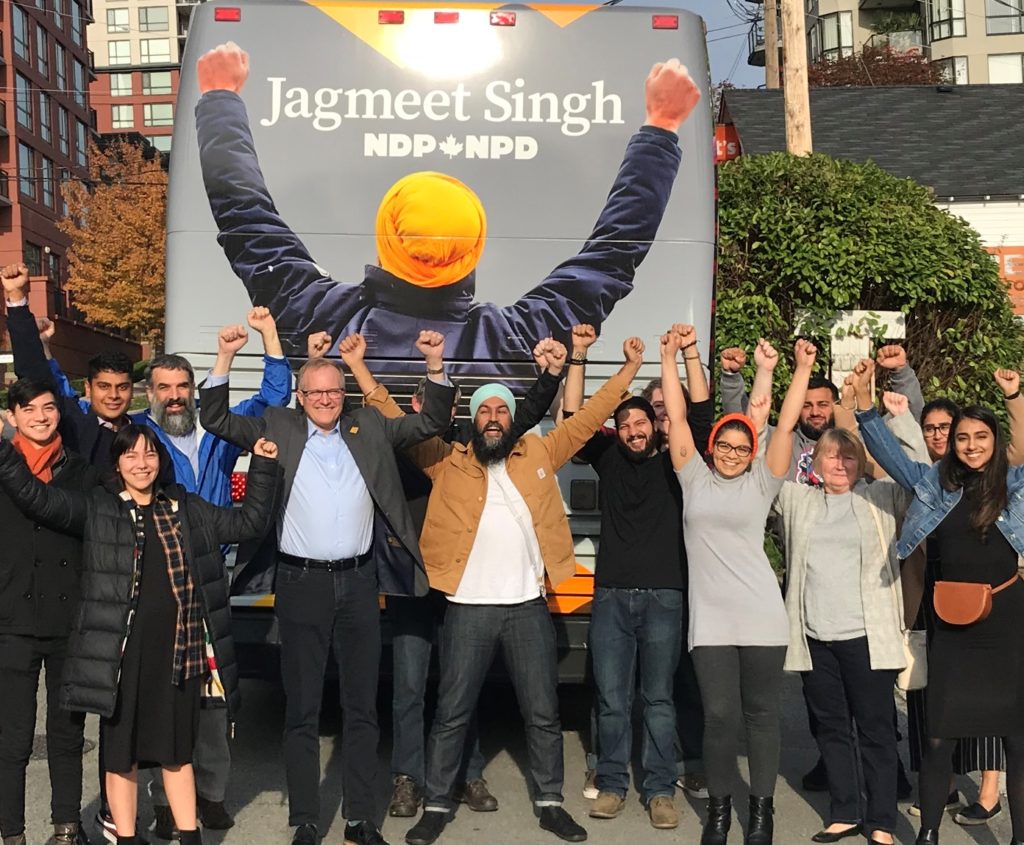
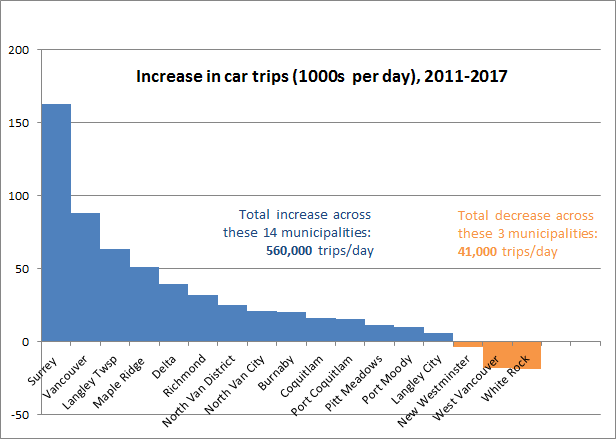
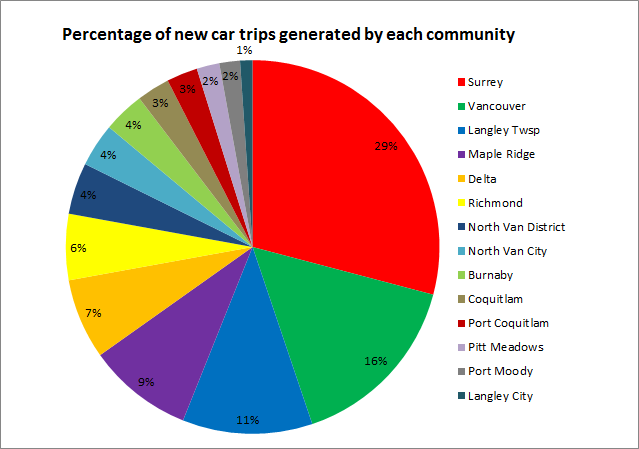
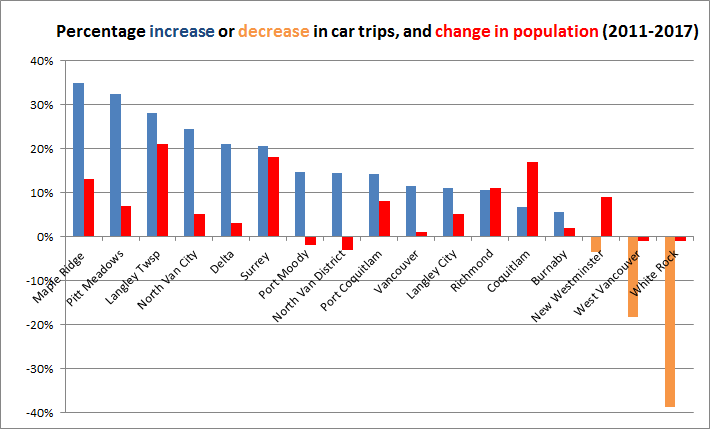
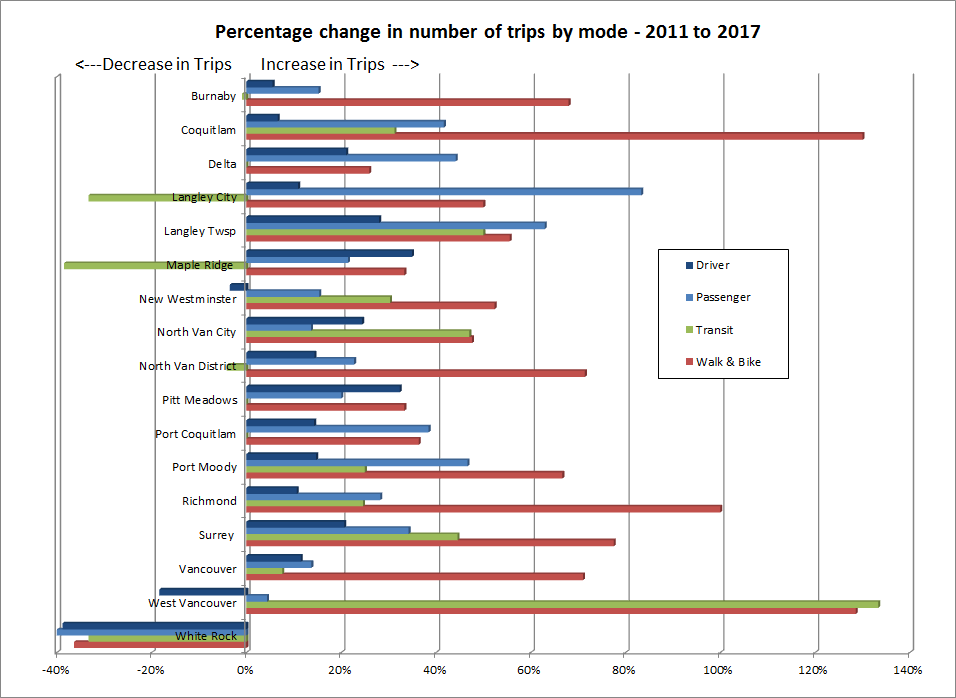
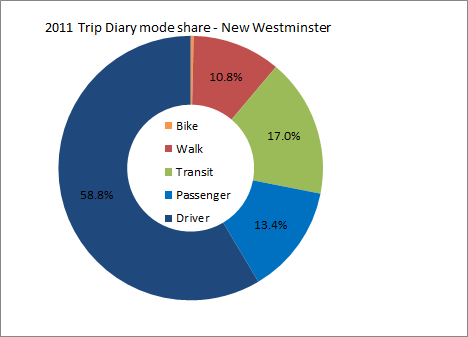
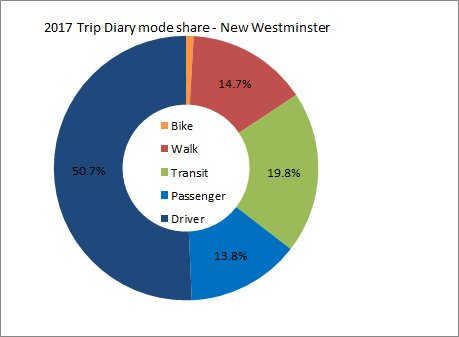 As you can see, the shift is subtle, but in a positive direction if you hate traffic. Our transit rode share went up to 20% and is now the highest in the region (Vancouver’s dropped a bit to 18%) New Westminster is now the City in BC with the highest transit mode share! Our walk share went up to 15% and is still 4th in the region, and our bike mode share doubled from dismal to still pretty bad. Or car mode share, however, dropped from 72% of all trips to 64.5%, and “passengers” went up a little bit in share, suggesting that single occupancy vehicle trips went down. Going from 59% to 51% of driving trips in 6 years is (a 14% decrease) is a really positive sign for the livability of our community.
As you can see, the shift is subtle, but in a positive direction if you hate traffic. Our transit rode share went up to 20% and is now the highest in the region (Vancouver’s dropped a bit to 18%) New Westminster is now the City in BC with the highest transit mode share! Our walk share went up to 15% and is still 4th in the region, and our bike mode share doubled from dismal to still pretty bad. Or car mode share, however, dropped from 72% of all trips to 64.5%, and “passengers” went up a little bit in share, suggesting that single occupancy vehicle trips went down. Going from 59% to 51% of driving trips in 6 years is (a 14% decrease) is a really positive sign for the livability of our community.